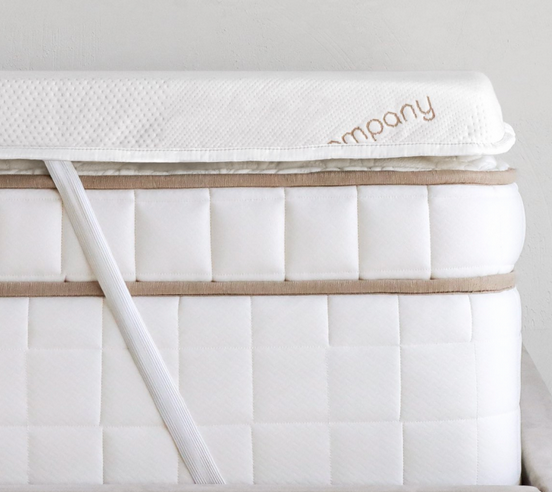

Good for regulating temperature, so will suit people who sleep cold at night, but won’t overheat in the summer either.Very plush and soft to sleep on, with a light and fluffy feel.The main downsides are the higher price, and the need to periodically shake it.Better for back and front than side sleepers.Naturally hypoallergenic and more resistant to dust mites than synthetic materials.Breathable and moisture-wicking, which can help keep you feeling dry and comfortable.Adds a feeling of plushness, without being too soft or too firm.Good temperature regulation in all seasons.The main downsides are the need to shake it as it flattens, and heat retention.Lightweight and easier to move from room to room or put in the washing machine (if it’s machine washable!).May feel warm, which will suit cold sleepers.Adds extra comfort and softness (sometimes giving that ‘sleeping on a cloud’ feel).Usually more affordable than latex, memory foam, wool, or down.Synthetic (fiberfill, microfiber, hollow fiber) The main downside is that it won’t suit cold sleepers in the winter.

Naturally antimicrobial, hypoallergenic, and resistant to dust mites.Excellent support and contouring for the body, but feels more bouncy and responsive than memory foam (i.e.The most breathable material, ideal for hot sleepers.The main downsides are heat retention, and the weight if you need to move it.Good motion isolation, so couples will disturb each other less.Excellent support and pressure relief because it contours to your body.Lower density is good for softening a bed, while higher density can increase firmness.Here are some of the key benefits and downsides of the different materials to keep in mind when choosing a mattress topper:


 0 kommentar(er)
0 kommentar(er)
